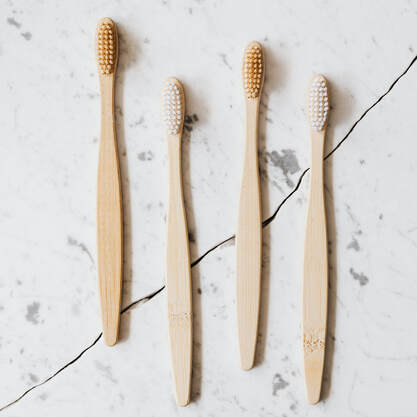Concourse Dental Group
Root Canal Therapy
Root Canal Therapy
When is a root canal necessary?
The central part of tooth has a canal(s) which contains pulp. Depending on the tooth, there can be multiple canals. The pulp is made up of nerves, blood vessels and connective tissue. When the pulp becomes inflamed or infected the tooth may be saved by a procedure called root canal therapy or endodontic treatment.
The central part of tooth has a canal(s) which contains pulp. Depending on the tooth, there can be multiple canals. The pulp is made up of nerves, blood vessels and connective tissue. When the pulp becomes inflamed or infected the tooth may be saved by a procedure called root canal therapy or endodontic treatment.
what is root canal therapy?
Root canal therapy involves removing the infected or damaged pulp and disinfecting the canal in order to save the tooth.
why might i need root canal therapy?
Root canal therapy may be necessary when the pulp becomes inflamed or infected thus irritating the nerve and causing pain. Damage or inflammation to the pulp may be caused by several factors including:
- a large deep cavity near the centre of the tooth causing tooth pain
- a fractured tooth
- previous trauma to the tooth
- issues with a previous filling
- excessive tooth wear causing extreme sensitivity or pain
how is root canal therapy done?
During root canal therapy or endodontic treatment, the infected or inflamed pulp is removed from the canal(s) and the canal(s) are cleaned and disinfected. A rubber-like material called gutta-percha is placed in the canal(s) to fill and seal them. After the root canal therapy is completed, the tooth usually needs a crown to help protect the tooth from fractures and to restore it to full function.
|
Concourse Dental Group Dr. Samira Jaffer 65 Queen Street West Concourse Level, Suite BG1060 Toronto, Ontario M5H 2M5 Phone 416-368-7959 Fax 416-368-5697 info@concoursedentalgroup.com |
